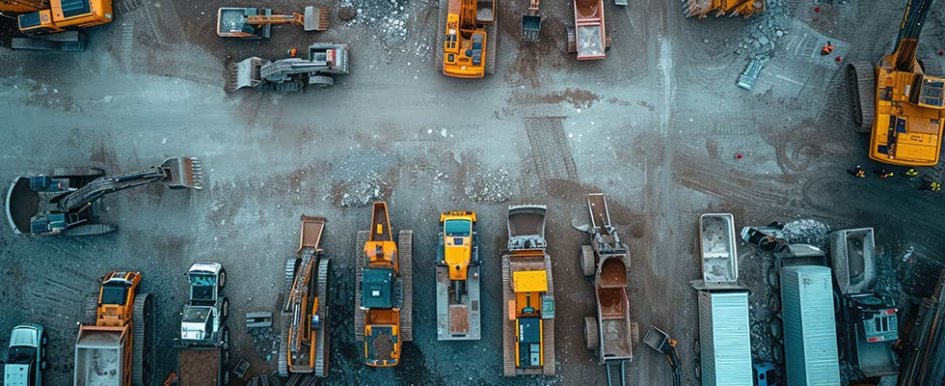
When your equipment’s parts become worn or damaged, you will need to find a replacement to get you back up and running in peak condition. However, before you can do that, you need to know that there are four types of parts available: genuine, aftermarket, competitive and remanufactured.
It is essential to understand the differences in parts, and where to source them, before making a purchase.
Genuine Parts
A factory-approved part that is supplied by the original equipment manufacturer (OEM) in their packaging is known as a genuine part. Genuine parts are the exact replacement parts for your equipment, so you don’t have to wonder if the part will be as effective as the previous one. They will most likely come with a manufacturer’s warranty, improving the confidence level you can have in the parts and maximizing the resale value of the equipment. These types of parts can be purchased directly from the OEM.
Aftermarket Parts
As the name suggests, aftermarket parts come out after the equipment has entered the market. These parts follow the same designs as the original versions; however, they might be slightly enhanced or use different materials after producers see what did or didn’t work in the initial versions. Aftermarket parts can also come from a different manufacturer than the one who originally produced them.
While not always the case, aftermarket parts tend to cost less than genuine parts — but remember that quality varies by manufacturer. With aftermarket parts, there is always the risk of counterfeit or low-quality parts, which is why it’s important to purchase them from a reputable manufacturer who has sourced the parts from reputable manufacturers. Using these parts can also affect or void the coverage on the equipment, but the competitor may offer a parts warranty as well. Like with any purchase, it’s good to do your homework.
Competitive Parts
When a manufacturer offers replacement parts for its competitors’ machines, these components are called competitive parts. Competitive parts have evolved to become more comparable to OEM parts with the same form, fit and function as the originals. They are crafted to look and function like genuine parts from other original equipment manufacturers, but if they are not sourced directly from the OEM, they may be offered in different, custom variations than the original part.
Remanufactured Parts
Designed to be an economical option that will keep your machines in working order, remanufactured parts are ideal for repairing older equipment. A remanufactured part — also referred to as a reman part — is a used OEM part that has been stripped down, with its worn components replaced according to the original factory specifications. The process is similar to how the part was originally manufactured, but instead of all-new parts, some of the components and materials are previously used.
Remanufactured parts should not be confused with fixed parts. Fixed parts only replace a specific area that has failed. Instead, a remanufactured part is completely broken down to correct any flaws, wear or damage to bring the part up to like-new condition.
Remanufactured parts also aren’t used parts. These parts are factory-approved to the original specifications.
Each component must pass the same level of inspection as a new part. Many remanufactured parts also come with a warranty like or even better than those offered with new parts, helping ease any concerns owners might have.
Good news for those purchasing remanufactured parts: Since producing remanufactured parts saves on materials compared to what is needed to manufacture new parts, they can cost 30% to 70% less than a new part.
Use Trusted Parts & Service
To figure out which type of part is best for you, consider the manufacturer’s reputation and the product’s quality, warranty, availability and price. The parts you use will play a significant role in the equipment’s overall efficiency and safety, so figuring out which option best meets your needs is worth researching.
Beyond parts, rely on factory-trained technicians and mechanics to inspect, maintain, troubleshoot and repair your boom lifts, scissor lifts and telehandlers, keeping equipment in top condition.
Timing Is Everything
Equipment uptime directly impacts your company’s revenue. This means that when downtime does occur, convenient access to aftermarket parts and services can get a machine back to work as quickly as possible.
In today’s on-demand world, we have all come to expect the “Amazon effect” from OEMs and parts suppliers: 24/7 convenience of getting the replacement components. When ordering parts, look for online resources that offer around-the-clock ordering, enhanced findability and fast shipping to meet demands for quick solutions.
